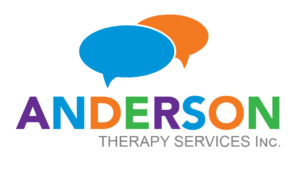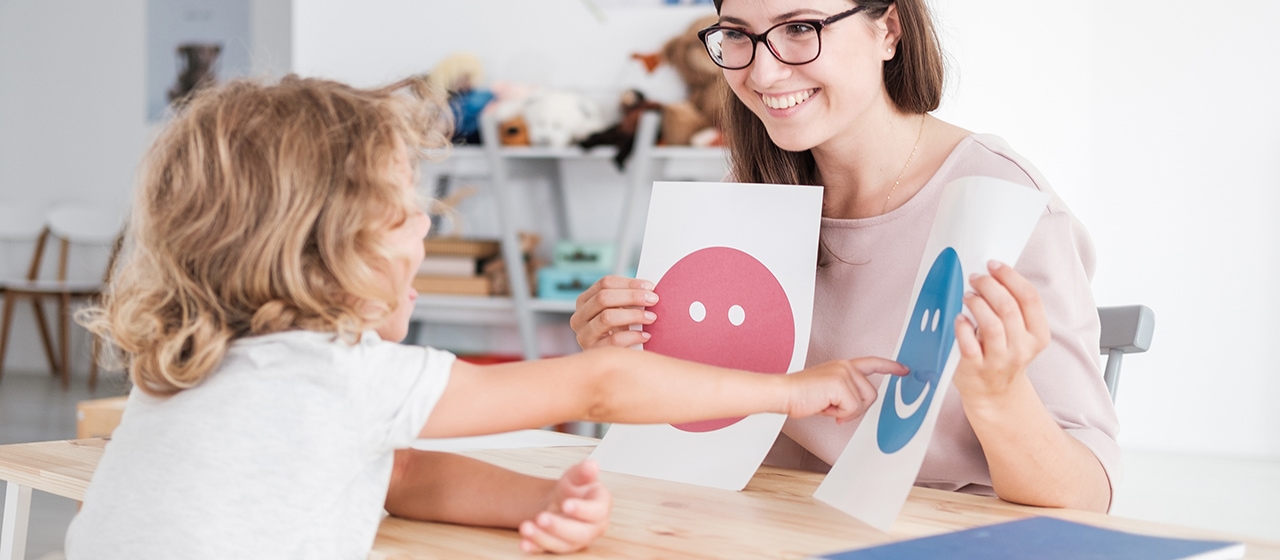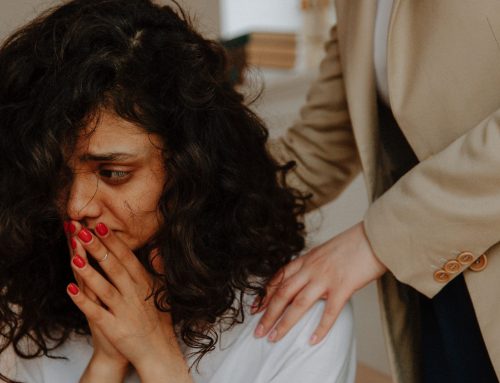Talk Therapy or Art Therapy?
Everyone knows I LOVE Art Therapy, sure I’m a little biased but live your truth. There are so many different kinds of therapies out there it’s often difficult for someone to know what’s best for them. Not all therapies are equal and there is no one size fits all, despite what your bestie might tell you.
Traditional talk therapies, you know the ones where you’re laying on an old Chaise, facing a rather confusing painting on the wall (is it a plane or a Pizza?! Woman!? No one knows) and telling someone sitting behind you all your deepest fantasies with little to no reply. Rude. Only to discover that was painful and I have no idea why! Admit it, you’re thinking about Mr. Freud because yes talk therapy emerged from Freud and Friends, in the form of Psychoanalysis.
Talk therapy has been shown to help lots of people for lots of different things. We know that just by talking to a trusted person we relax, begin to think about problems differently and maybe get some insight we didn’t have inside our minds before. But talk therapy is not for everyone. It’s what we call a “Top down” process; we have to access the upper, more complex parts of the brain to engage with verbal expression in order to make change. This is very difficult for some people who have experienced trauma, might have a brain injury or under the age of 24.
Let’s think about talking to kids for a second. How many times do you ask your kid “Why did you do that?” only to be met with either a blank stare, shrug or “I don’t know”. While it’s often frustrating for the adult to accept, it’s literally because their brains do not have the ability to respond to you. They do not have developed upper parts of the brain to explain what JUST happened, let alone what happened on the playground.
But, I bet they can play it out or draw about it. This is because the visual and emotional centres in the brain are more developed and available to the child (or anyone under 24). They can’t find the words, but they know how it feels in their bodies, they can remember in images what happened. By allowing a child to express what happened and not relying on words the child is better equipped to understand what happened.
Other than children there are some people who don’t have language, or have lost it. There are people who have developmental and neurological disorders that prevent them from talking or expressing themselves. Or, what about people who don’t speak the dominant language of a country. Art Therapy can reach so many more people in so many different ways that doesn’t rely on their ability to talk or use language.
Art Therapy and other expressive therapies are more “bottom up”, where through personal expression we engage the emotional and lower parts of the brain to help facilitate change for the individual. Because we call see through images, we are most likely to recall memory through images as well. Therefore, it makes sense that when trying to move forward, tell a story or process traumatic events to use images.
Art therapy is also sensory, where it engages more than one sense at a time. Touch, sight, smell, sometimes even taste and hearing. The Art Therapist will notice what materials a person gravitates to and sometimes even offer something different for more accurate expression. Think about how a pencil feels very different on paper than watercolour paints; they would have very different results and very different experiences. Now, if I wanted control, detail and the ability to remove parts I need a pencil more so than paint. Whereas, if I need to let loose and play paint would be better choice.
The best advice for choosing what’s best for you is to try them out. See what fits and feels right for you. Therapy is about you, so if the therapist or their approach doesn’t feel comfortable try something different.
The extra super-neat thing about Art Therapists, is that we can do all the things talk therapists can AND art. So go on, try it.






